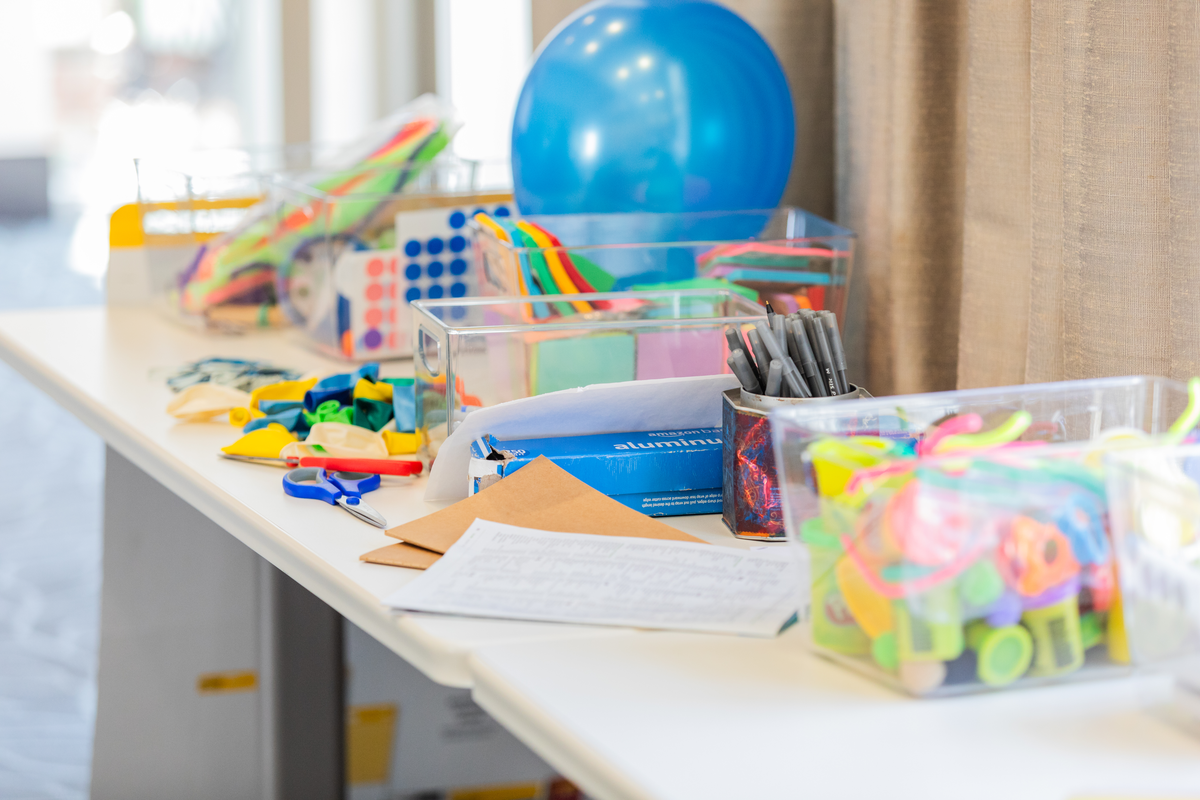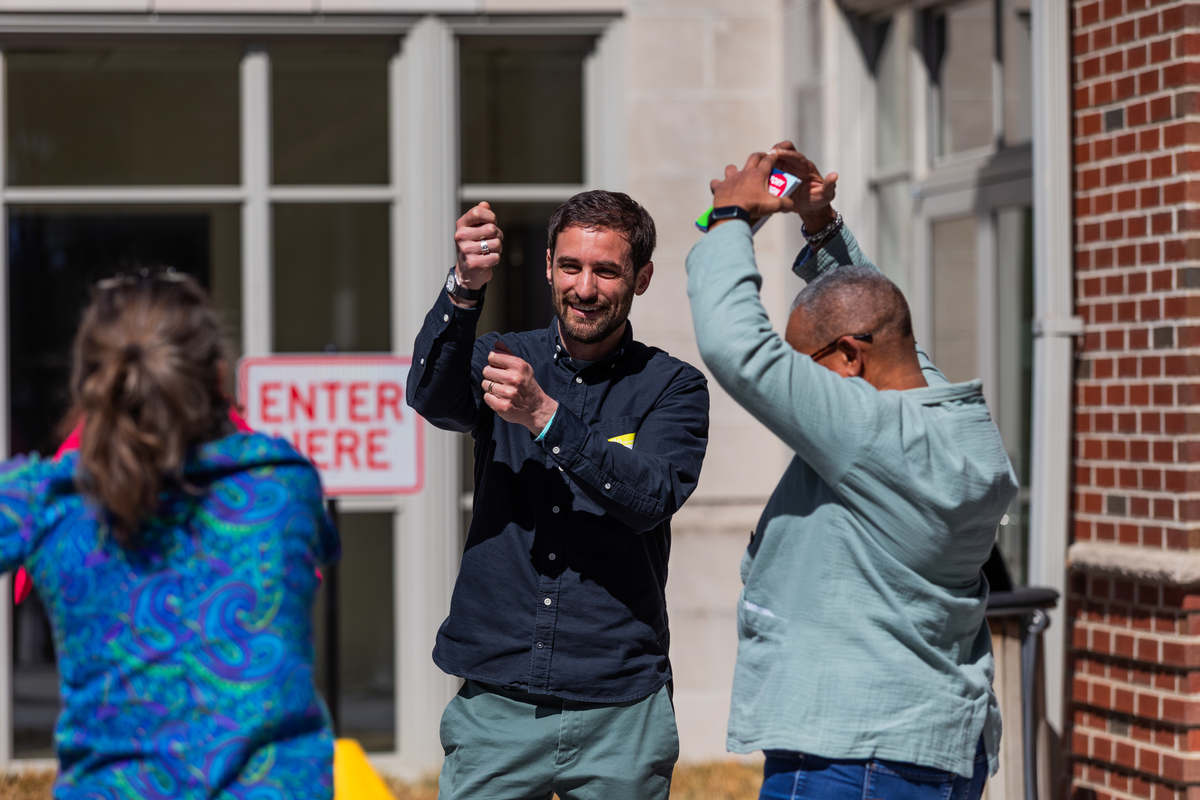Whenever I feel uninspired, I go back to my design thinking training, where I was told: If you get jammed up trying to understand or solve a complex problem, always go talk to the people who are experiencing the challenge you’re seeking to understand or solve.
Seek stories from people.
Listen, non-judgmentally, to learn from their experiences.
Get their feedback early on an idea you have been working up.
Keep in mind, all feedback is a gift.
Engaging community members helps us more clearly understand what is happening, helps us to be inspired, and helps build partnerships that yield deeper truths and better solutions.
This premise informed how I set up our Designing for Community Well-Being practice at The Columbus Foundation. Since the inception of this work more than five years ago, we have prioritized creating opportunities to intentionally learn from and with community members. The work enables us to discover, for instance, why some programs help residents meet their goals, while others fall flat. It has also helped us better understand what residents’ deeper needs are. It is centered on constantly learning from others, understanding barriers, and improving community well-being in authentic partnership with community members.
And, yet, despite years of working in this way, sometimes my own creativity, curiosity, and desire for innovation wanes when I am faced with immense uncertainty. However, the need to strengthen our community doesn’t stop. Even in the face of ambiguity, heroes throughout our community continue to serve others, working the frontlines of food pantries, homeless shelters, youth programs, and other critical areas. And others, still, are being called to iterate programs, create new ones, and meet increasing needs, often doing more with less.
What if, in order to best meet our neighbors’ needs, we started with listening and learning from them, no matter the external circumstances? What if we sought radical collaboration with them in brainstorming more targeted solutions? What if our go-to move in uncertain times was going to the community?




This spring, The Columbus Foundation hosted a two-day workshop on human-centered design strategies. During the sessions, participants learned design thinking tools and mindsets that enable nonprofit and social sector leaders and their teams to tackle complex challenges.
Time and again in this work, we have found that authentic partnerships with community members can lead to better and more efficient solutions—solutions that much more effectively meet the mark of what residents need most. When we’re in deep partnership with community members, we’re not guessing if a program is meeting their needs. We’re hearing directly from them and brainstorming with them ways to make offerings better.
Every time our human-centered design team members seek collaboration with our neighbors and embrace genuine curiosity about what is happening through the Designing for Community Well-Being practice, our findings and solutions are better for it. This way of working continually reveals how much we all truly need each other. We value the expertise of people living the issues we are seeking to solve.
During the pandemic, The Columbus Foundation partnered with Smart Columbus and the City of Columbus to understand why people were saying no to free internet. We learned that the free offering did not meet residents' needs technologically. We also learned that residents did not value free offerings in general, because they saw them as low-quality or a scam. These learnings helped the city save money by not investing in something that residents did not want and reconsider what they might be able to offer instead. Additionally, further work on digital equity revealed that residents were making decisions about their internet choices in vacuums. From one project, our team came up with a neighbor comparison tool that was further built out by Smart Columbus to help residents make decisions that were best for themselves and their families.
As Paul Farmer, the renowned American medical anthropologist and physician, taught us, the most meaningful changes in our world will not emerge from boardrooms or leaders alone. The changes we need most come from how we engage with each other across titles and across our communities. We must be solving the problems that matter most for the people that need it most all the time. The only way to do that is in true partnership, even when the seas feel topsy turvy.
To learn more about The Columbus Foundation’s Designing for Community Well-Being practice, including opportunities to get involved, please visit our website.
